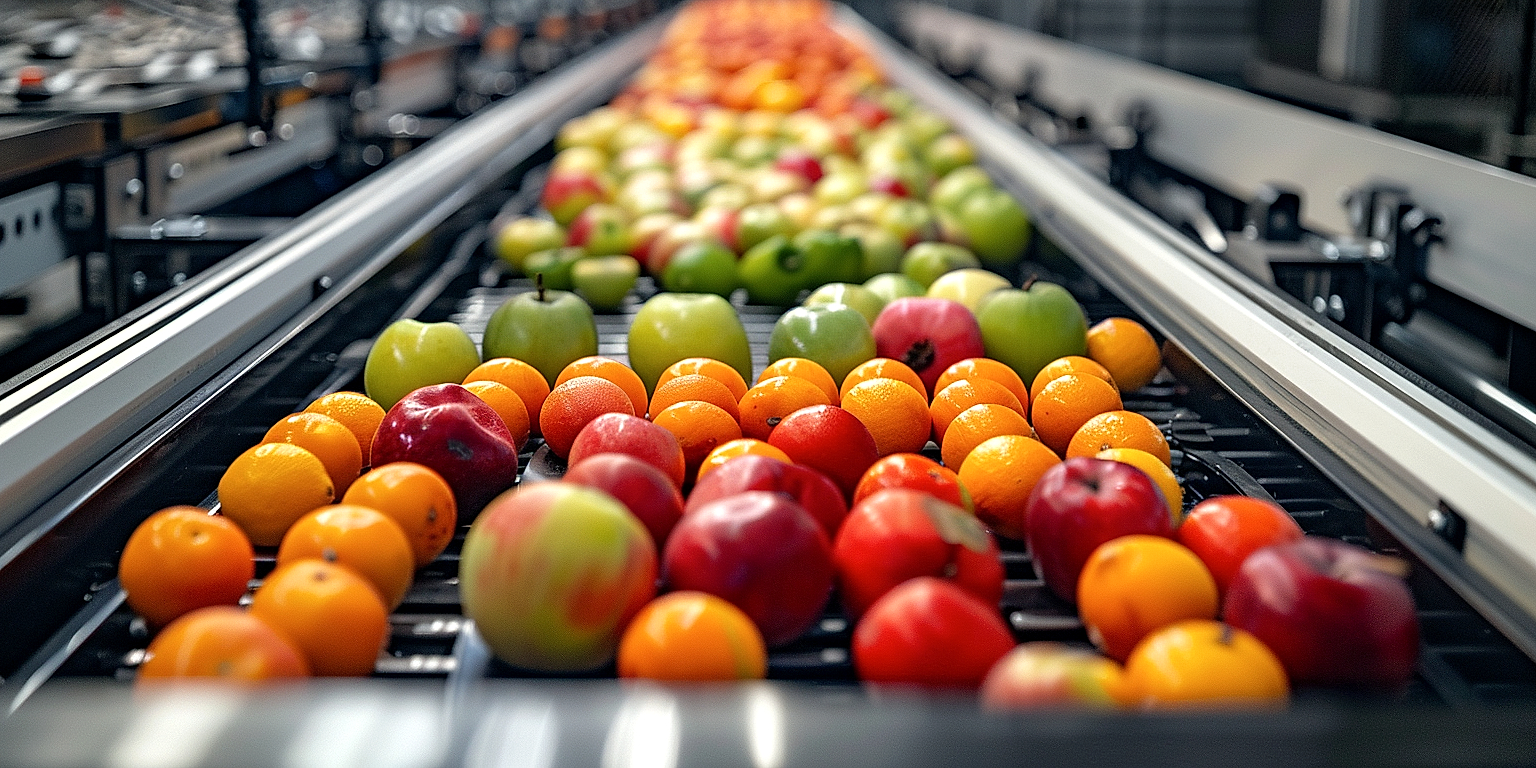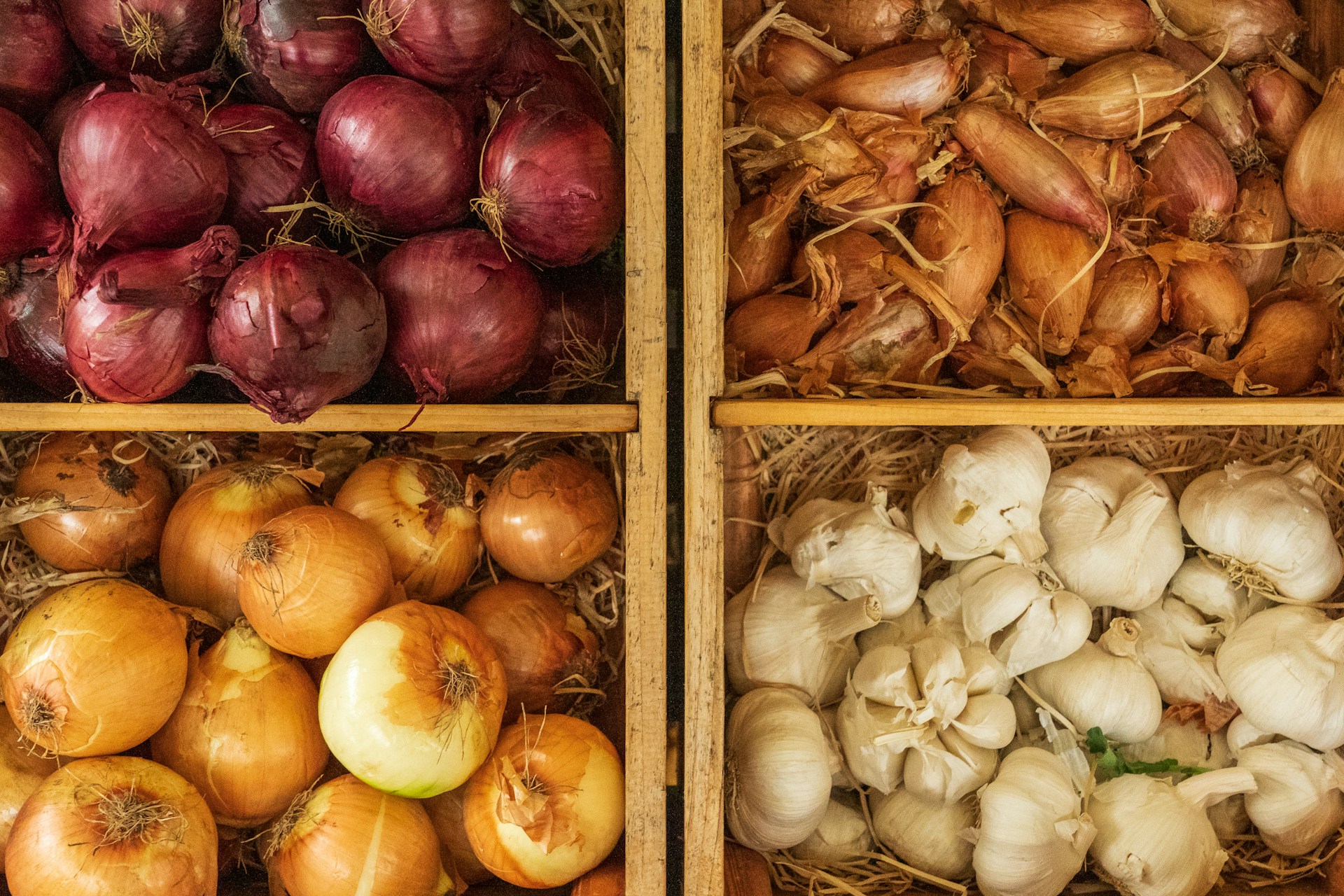The agricultural industry is swiftly venturing into the era of automation, with significant benefits becoming rapidly apparent.
Automating distribution processes in the produce sector stands as a testament to this development.
This transformation, driven by advancements in technology, is reshaping the efficiency and reliability of getting fruits and vegetables from farms to markets.
It’s imperative to understand how automation affects both the profitability and sustainability of the distribution system.
We’ll delve into the specific advantages this technology brings to the table in the realm of produce distribution.
From reduced operating costs to enhanced accuracy, automation is catalyzing an exciting revolution.
Contents
Automation Benefits In Produce Distribution
1. Decreases manual labor requirements
When discussing the advantages of automation in the field of produce distribution, one cannot overlook the substantial impact it has on reducing manual labor requirements.
This impact is especially apparent when dealing with high-volume operations, where the sorting, cleaning, or packaging of produce items can become labor-intensive and mentally exhausting.
By implementing automation, these tasks can be assigned to machinery or software systems that possess the capability to continually operate without fatigue or loss in consistency.
Automation also addresses the enduring issue of labor shortage in the agriculture sector by effectively filling in the roles that once required human workers.
The adoption of automation in produce distribution eliminates the dependence on manual labor, leading to a more sustainable and efficient system.
With machines taking over manual tasks, businesses can allocate resources elsewhere and focus on growth strategies or further innovations.
Further, automation can bring about a transformation from low-skill manual jobs into high-skill technical jobs, opening up more opportunities for value-added roles within the organization.
This shift may result in the need for skills training, but it gives companies the chance to enhance the skills of their workforce and prepare them for the changing dynamics of the industry.
Moreover, it’s important to note that while automation reduces the need for manual labor, it doesn’t completely take away jobs –it redefines them.
The tasks that were once mundane, and labor-intensive can be turned into a matter of monitoring automated systems and troubleshooting any issues that arise.
Such a shift can result in a more efficient, productive, and engaged workforce, which ultimately supports the bottom line of the business in the long run.
A well-implemented automation system can also contribute to better working conditions and eliminate the hazards associated with manual labor, thereby ensuring worker safety.
Essentially, through automation, businesses can accomplish more with less labor and potentially increase their profit margins while effectively handling their workforce needs.
On a broader scale, the benefits of automation are not limited to businesses alone but extend to the economics of the region and ultimately the global market, helping to stabilize food systems and ensure continuous supply.
To summarize, the ability of automation to decrease manual labor requirements is not merely about labor reductions, but primarily about evolving the industry into a technologically advanced and highly efficient sector, positively affecting productivity, cost-effectiveness, and worker safety.
2. Reduces errors in sorting and packing
One of the paramount benefits of automation in produce distribution is its ability to significantly reduce errors in sorting and packing.
Manual labor oftentimes leads to inconsistencies in the sorting process due to factors such as human error and fatigue.
With the integration of automation in produce distribution processes, the accuracy in sorting and packing is significantly improved ensuring every piece of produce is correctly sorted and packed.
For instance, automated machines have the ability to sort produce by size, shape, color, weight and quality, with higher speed and accuracy compared to manual labor.
They can discern the subtle distinctions in produce that could be missed by the naked human eye or judged subjectively by different individuals.
This precision contributes to the consistency of the final product that reaches the market.
Furthermore, in the packing process, automated machines are capable of packaging different kinds of produce in various styles, such as bags, boxes, or trays, without any errors.
They can also appropriately adjust to suit different types of produce or packaging material, ensuring flexibility in the distribution process.
With automation, businesses can also trace and track each packed product, offering a greater level of control over inventory and the entire distribution process.
Having a transparent distribution chain ensures fewer losses, saves time, and enhances customer trust, as products can be easily tracked from farm to fork.
A decrease in sorting and packing errors also translates to fewer returns from unsatisfied customers, leading to a direct increase in company profits.
The advantages of automation in reducing errors in sorting and packing are therefore numerous, providing both tangible and intangible benefits for businesses.
Automating these processes leads to a more efficient and effective workflow, with less downtime and waste.
Automation not only decreases errors but also helps in building a solid brand reputation for consistency and reliability in the market.
As such, the value of automation extends beyond simply improving operational efficiency, and dives into enhancing customer satisfaction and business growth.
3. Increases Operational Efficiency
One of the key benefits of automation in the produce distribution industry is the increase in operational efficiency.
Through the automation process, systems are streamlined to function with minimal human intervention, resulting in faster and more efficient operations.
This high level of efficiency is particularly critical in the perishable produce industry, where the speed of sorting, packing, and distribution is a major factor in ensuring the freshness and quality of the distributed produce.
Automation systems can work around the clock without tiring, ensuring that warehouse operations continue even outside of regular human working hours.
Moreover, automation increases accuracy in produce sorting and packing, reducing the time wasted in correcting mistakes caused by human error.
Thus, not only does automation speed up the process, it also significantly reduces the chances of error, thereby increasing the overall operational efficiency.
Increased efficiency and productivity in turn lead to a significant reduction in operational costs, which can be a huge boon for produce distribution companies in a highly competitive industry.
Companies implementing automation also tend to experience a reduction in waste generation due to the precision and accuracy of automated systems, which help to extend the shelf life and retain the freshness of the produce.
The reduction in waste is not just cost-effective but also environmentally friendly, as it reduces the industry’s carbon footprint.
With fewer variables and potential for human-made error, automation tends to maintain a consistent level of productivity – a significant advantage in an industry where consistency can directly influence the business’s profit margin.
Furthermore, by automating repetitive and mundane tasks, human resources can be redirected towards more complex and strategic operational areas, further enhancing overall efficiency.
Operational efficiency gained through automation also directly impacts the speed of delivery and customer satisfaction.
Faster processing and delivery times can enable businesses to fulfill large and urgent orders with ease, providing a competitive edge in the fast-paced produce distribution industry.
In summary, automation in produce distribution not only increases the speed, accuracy, and productivity of operations but also enhances customer satisfaction, reduces operational costs, and contributes to sustainable practices.
Therefore, automation is an imperative tool that produce distribution companies must embrace for their survival and success in the modern, technologically-driven world.
4. Enhances produce shelf life
One of the many benefits of automation in produce distribution includes enhancing the shelf life of products.
This characteristic is particularly vital as it directly influences the longevity and quality of products, affecting consumer satisfaction and business profits in the end.
Increased shelf life of products is usually achieved through automation technologies that improve storage and packing methods.
Sophisticated automated systems can adjust and control environmental conditions such as temperature, light, and humidity in storage spaces as required by different types of produce.
The automation machines keep a consistent environment that can significantly extend the shelf life of produce.
This improved storage system is also beneficial for the consumer as it ensures they get products of optimum quality.
Another aspect of automation that enhances product shelf life is its ability to speed up the distribution process.
With automation, the time taken for the produce to go from the farms to the consumer’s table is significantly reduced.
The produce spends less time in transit, limiting its exposure to conditions that might accelerate its aging or loss of quality.
Moreover, automation technology allows for real-time tracking of the produce in transit.
Therefore, the use of automation shortens the ‘farm to consumer’ journey, resulting in fresh produce at the time of consumption.
Importantly, improved shelf life due to automation dramatically reduces food waste.
As the produce can stay fresh for longer, less of the produce ends up in the garbage bin, making the supply chain more efficient and sustainable.
Therefore, it’s fair to say that automation plays a vital role in enhancing produce shelf life, increasing customer satisfaction and enabling distribution businesses to remain competitive.
Whether in storage, packing, or distribution, modern automation technologies present meaningful solutions that extend product shelf life.+
5. Boosts Overall Productivity and Profit
Automation in the supply chain management of farm produce can significantly boost the overall productivity and profitability of the industry.
Automated systems come equipped with advanced technology that saves time and man-hours which could have otherwise been used in carrying out manual tasks.
With less time spent in sorting, packing, and other manual processes, more time becomes available for focusing on other crucial aspects of the business like strategizing, marketing, or improving customer service.
This not only leads to an increase in productivity but also results in higher profits as a more efficient operation signifies lesser amount of wastage, a reduction in labor costs and an increase in the total output.
This in turn, can positively impact the profit margins.
The use of algorithms and state-of-the-art sensors to detect issues in the produce sorting or packing process helps prevent defects or inferior quality products from reaching the consumers.
This ensures customer’s trust and establishes a strong brand reputation, ultimately leading to repeated sales and increased profits.
With automated systems, businesses also tend to gain the ability to handle a wider product range, thereby attracting a wider consumer base.
This extended product line not only caters to more customer preferences but also provides an opportunity for the business to branch out into new profitable markets.
Automated processes are also known to minimize losses due to spoilage as produce is stored, sorted, and distributed more efficiently.
The resultant decrease in damaged or wasted produce can significantly cut down losses and add to the overall profits.
Moreover, with automation, businesses can expand their working hours without worrying about paying extra to their human workers.
Automated machines do not require breaks, days off or sleep, they can keep the distribution operations going 24/7, drastically enhancing the productive hours.
Lastly, automation eliminates the scope of human error which not only ensures a consistent, superior quality of produce but also saves the cost of wastages or redos, thereby boosting the productivity and profitability even further.
All these factors promote the growth of the business, benefiting both the producers and the consumers, and proving automation a robust tool for the distribution industry.
The Bottom Line
Firmly grounded in the advancements of technology, mechanized sorting and packing tools in farming have been transformative, eradicating hurdles associated with manual labor.
By ensuring precision that cuts down inaccuracies rampant in conventional sorting methods, these instruments elevate operational effectiveness exponentially.
The longevity of the produce is simultaneously escalated, contributing directly to consumer satisfaction and reducing wastage.
Ultimately, these factors intertwine to propel an unprecedented escalation in the productivity and profitability of farming businesses.
As we venture forward, these tech-based advancements in farming will likely become the norm, laying the foundation for an efficient, cost-effective, and lucrative agricultural industry.




